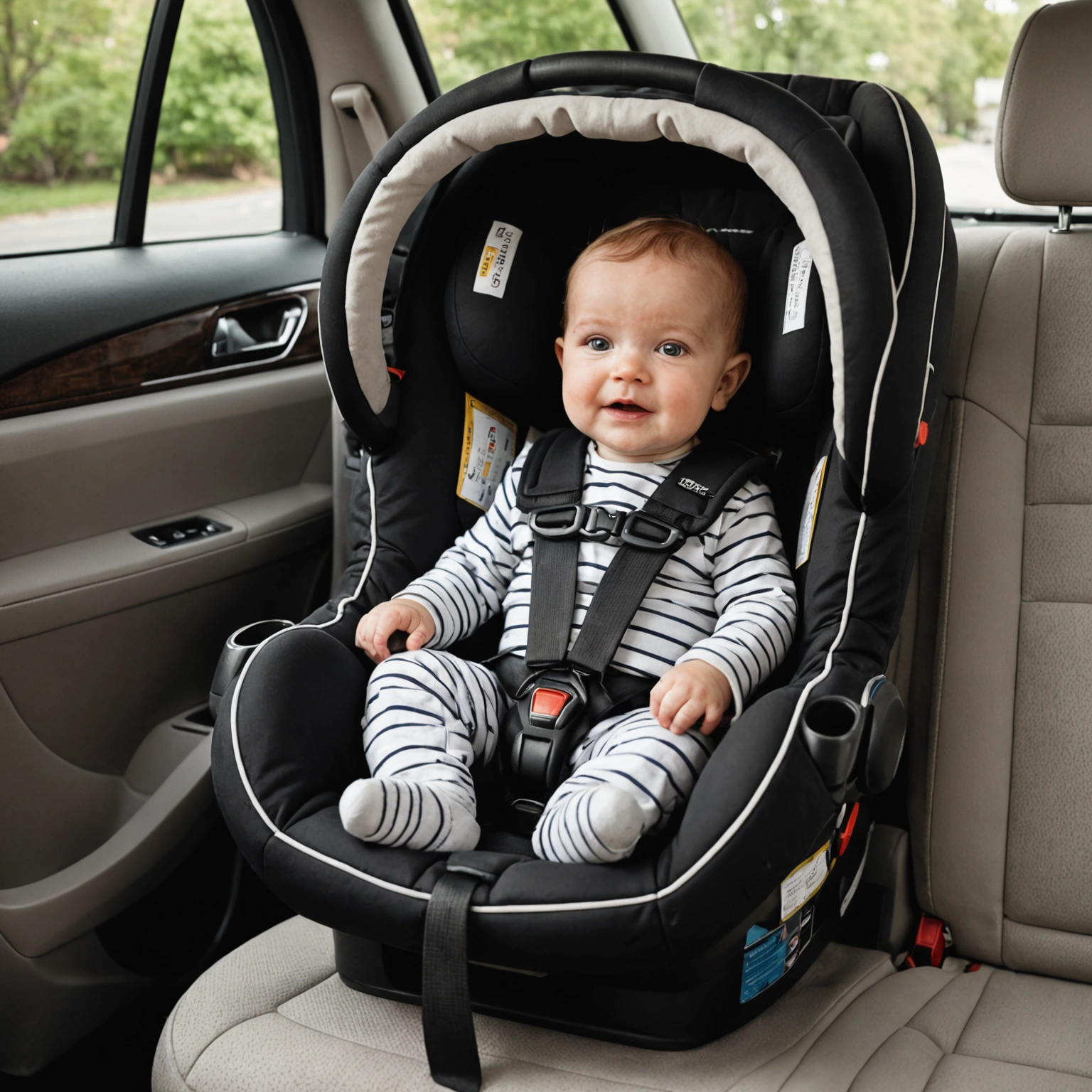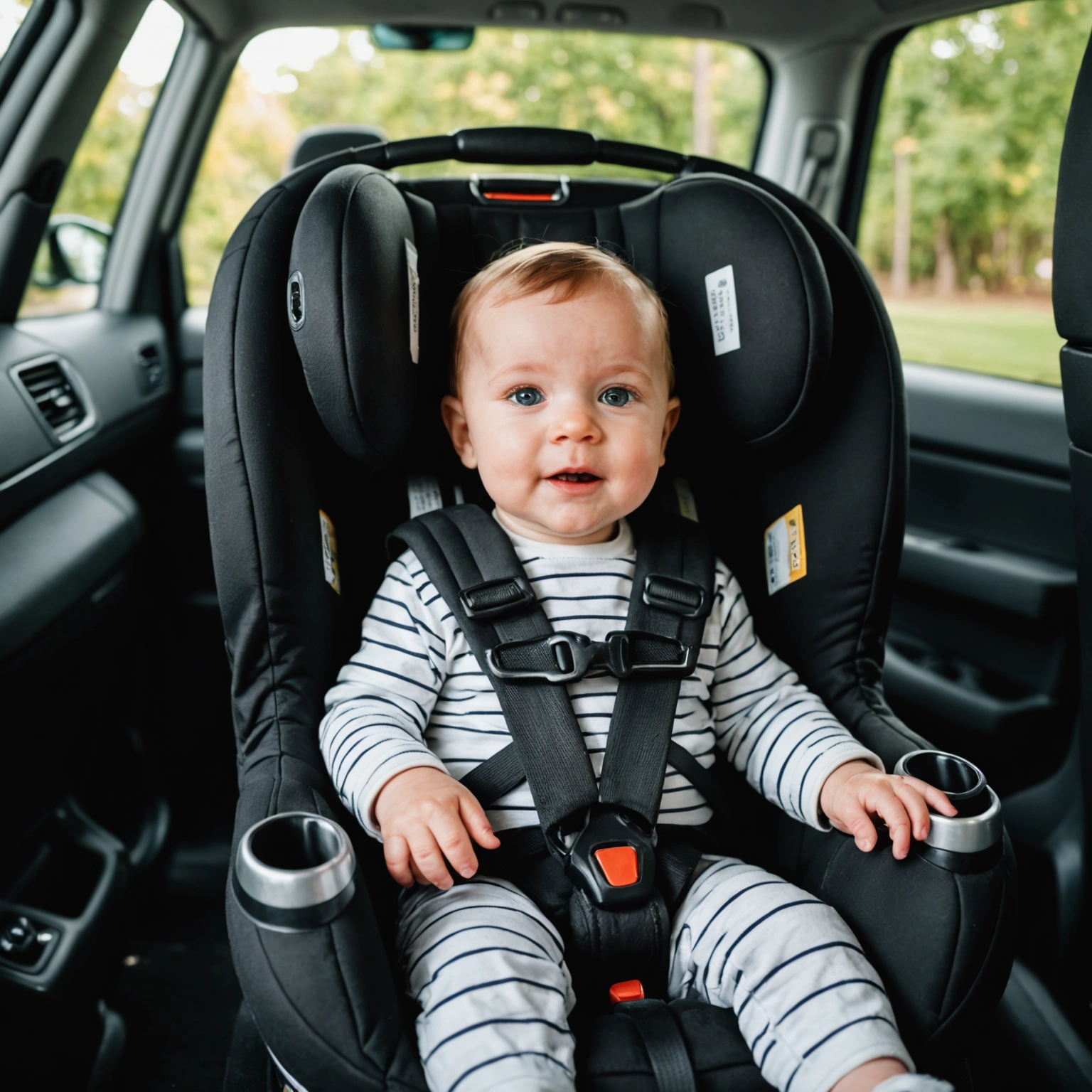**Understanding When Your Infant Car Seat Expires: What Every Parent Needs to Know**
Choosing the right car seat for your infant is a critical decision for new parents, offering peace of mind during every trip. However, many parents aren’t aware that infant car seats don’t last forever—they have an expiration date. Knowing when your infant car seat expires is essential for ensuring your child’s safety. Here’s what you need to know.

### Why Do Infant Car Seats Have Expiration Dates?
Car seats are made from plastic, foam, and other materials that can degrade over time. Sunlight, temperature fluctuations, and general wear and tear can weaken the structural integrity of the seat, reducing its ability to protect your child in the event of a crash. Additionally, advancements in safety technology mean that older models might not incorporate the latest safety features or meet current safety standards.

### Typical Expiration Timeline
Most infant car seats have a lifespan of **6 to 10 years** from the date of manufacture. The exact expiration date varies depending on the manufacturer and model. On average:

– **Manufacture date + 6 to 10 years = Expiration date**
For example, if your seat was manufactured in January 2020, it might expire between January 2026 and January 2030, depending on the specific seat.

### How to Find the Expiration Date
The expiration date is usually printed directly on the car seat. Look for labels or stamps indicating:
– **Manufacture date**
– **Expiration date** (often labeled as “Use By,” “Expires,” or “Manufacture Date + X years”)
Common locations for these labels include:
– The bottom of the seat
– The side of the seat shell
– The back of the seat
– Inside the harness compartment
### Important Considerations
– **Follow the Manufacturer’s Guidelines:** Always adhere to the specific expiration date provided by the manufacturer.
– **Check the Manual:** The user manual may also specify the lifespan and replacement guidelines.
– **Inspect the Seat Regularly:** Even before the expiration date, check for signs of damage, fading, or cracking.
### Why Replace an Expired Seat?
Using an expired car seat can compromise your child’s safety because:
– The plastic may have become brittle or cracked.
– The harness system might have weakened.
– The seat may no longer meet current safety standards.
– Recall or safety notices might have been issued after its expiration.
### When to Replace Your Infant Car Seat
Replace your infant car seat immediately if:
– It has been involved in a crash, regardless of visible damage.
– It has passed its expiration date.
– You notice any signs of damage or deterioration.
– There are updated safety standards that your current seat does not meet.
### Final Thoughts
Your infant’s safety depends on using a properly maintained and current car seat. Always check the manufacture and expiration dates when you first set up your seat, and keep track of its age over time. When in doubt, consult the manufacturer’s guidelines or speak with a certified child passenger safety technician.
**Remember:** When your infant outgrows the infant car seat, transition to a suitable convertible or booster seat that meets current safety standards. Safety should always be the top priority on every trip.
Safe travels!

